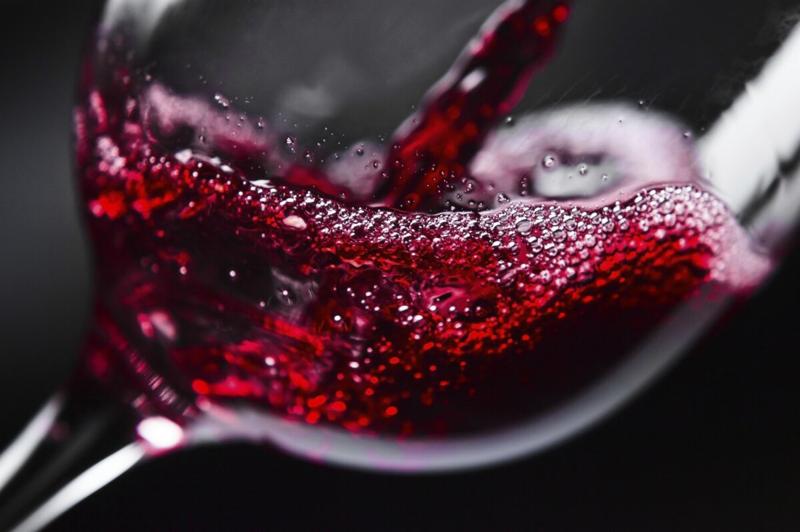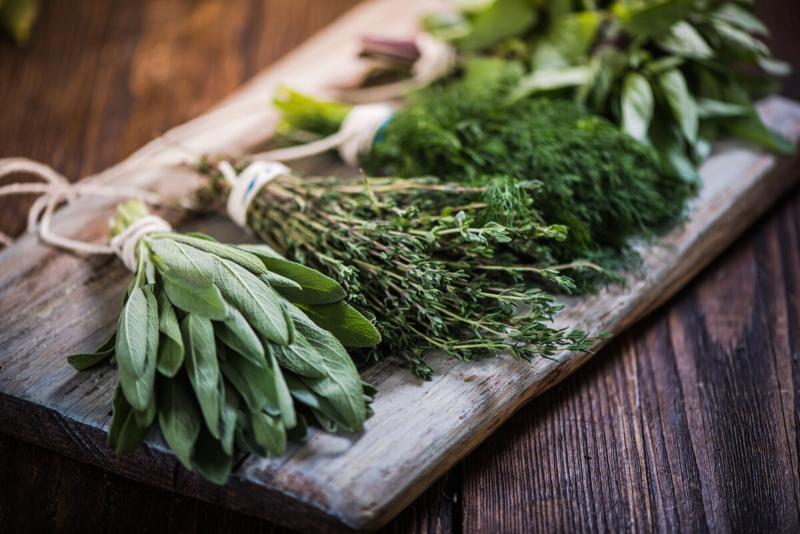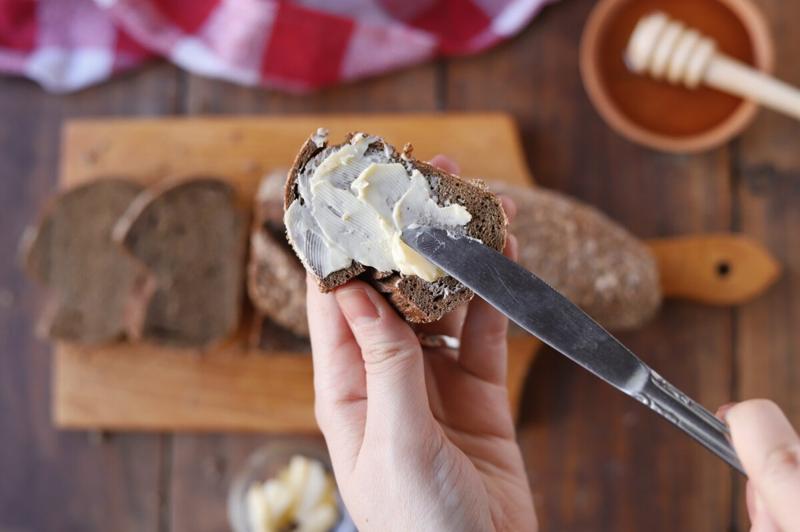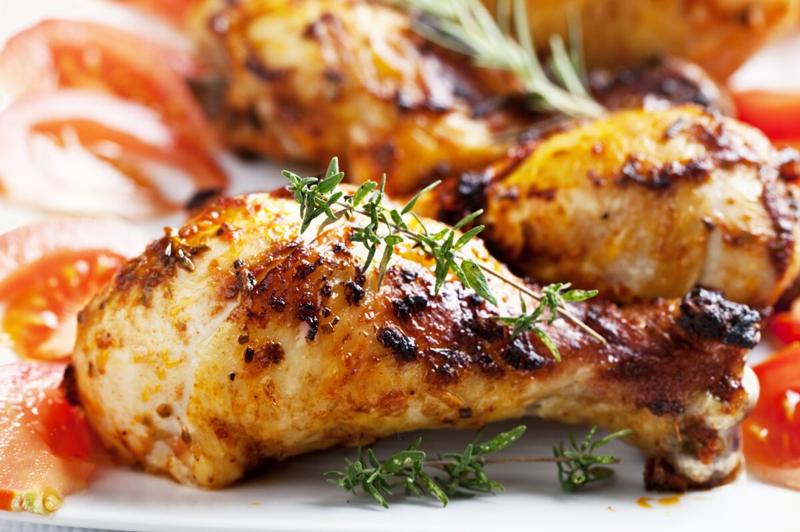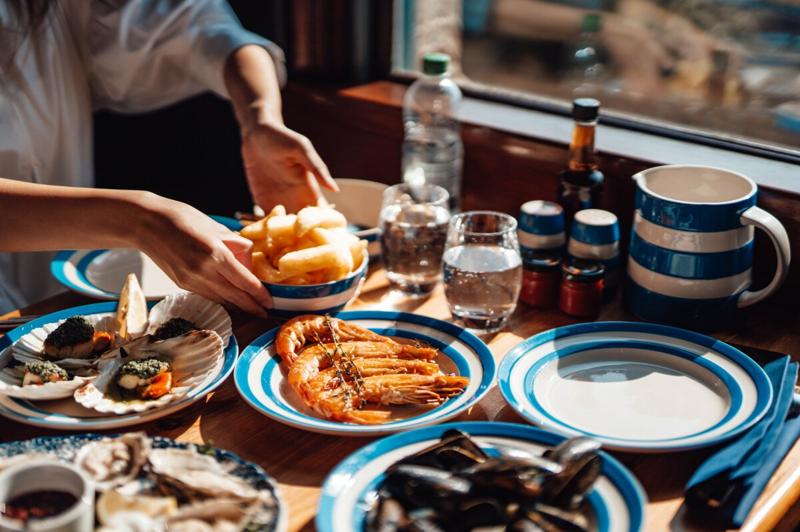The Pritikin diet advocates for starting each meal with soup, salad, fresh fruit, or whole grains. These foods are high in fiber and water, which can help fill the stomach and decrease the amount of food consumed during the rest of the meal.
What Is the Pritikin Diet?
Founded by Nathan Pritikin, an American engineer and nutritionist, the Pritikin diet was initially developed to prevent and address cardiovascular disease. In contrast to the prevailing approach of advocating rest and discouraging exercise, coupled with surgery and medication, Pritikin pioneered a regimen that included moderate exercise and healthy eating for individuals seeking to enhance their cardiovascular health.
In 1979, Nathan Pritikin published his inaugural book outlining the Pritikin diet. The initial version of this dietary plan recommended a distribution of less than 10% of calories from fat, 10% to 15% from protein, and 75% to 80% from complex carbohydrates. Furthermore, the daily cholesterol intake was restricted to a range of 25 to 100 mg.
The Pritikin diet has undergone slight adjustments over time to avoid essential fatty acid deficiency, leading to a moderate increase in its fat content. Currently, the distribution of total calories from carbohydrates, fat, and protein is as follows:
70% from complex carbohydrates.
15% from fat.
15% from lean or plant-based protein.
Monica Reinagel, a licensed nutritionist, host of the Nutrition Diva podcast, and co-founder of the Weighless program, emphasizes that when carbohydrates predominantly come from whole foods, the diet is likely to be rich in fiber. This, she notes, is an effective means of fostering a healthy microbiome.
The Pritikin plan is centered on a base of low-fat, high-fiber foods and includes a commitment to daily exercise, with the intention that it becomes a lifelong lifestyle.
Family friendly. Family members can easily eat the meals together with little or no modification. The food options are healthy and balanced enough for all ages.
Planet friendly. The diet considers the environmental effects of food choices. It’s largely plant-based and/or the foods are mainly sustainably grown or produced.
Vegan or vegetarian friendly. Recipes can be easily modified for a vegan or vegetarian diet.
Gluten-free friendly. Recipes can be easily modified and still follow a gluten-free diet.
Halal friendly. Recipes can be easily modified and still follow a halal diet.
Kosher friendly. Recipes can be easily modified and still follow a kosher diet.
Low-fat. The diet encourages a limited consumption of healthy fats, like olive oil, and discourages unhealthy fats, such as saturated fats – with less than about 30% of total calories coming from fat.
How Does It Work?
"Go" foods. Fruits, vegetables, whole grains, starchy vegetables, legumes, lean calcium-rich foods, fish and lean protein.
"Caution" foods. Saturated fat-rich foods, organ meats, processed meats, partially hydrogenated vegetables oils and cholesterol-rich foods.
"Stop" foods. Oils, refined sweeteners, salt and refined grains.
Most people who visit the Pritikin Longevity Center are advised to do 30 to 90 minutes of cardiovascular exercise six to seven days a week, as well as two or three strength-training sessions lasting about 20 minutes each time and 10 minutes of stretching every day of the week. Lon Ben-Asher, a registered dietitian at the Pritikin Longevity Center, says that high-intensity interval training a few times a week and plenty of core-strengthening exercises are also encouraged.
Beyond food and exercise, you can expect to be advised to quit smoking and manage your stress if these are problem areas for you. Stress management classes and guided meditation are standard offerings at the Longevity Center.
However, it is possible to follow the program at home.
Ben-Asher explains that when comparing the Pritikin plan to the Mediterranean diet, “the foundation of Pritikin is based on trying to consume more whole, plant-based food sources. The differences come into play where oil, even olive oil, is something that we still want to limit intake of because it is very, very calorie dense.”
Foods like nuts and seeds are other calorie-dense foods. For cardiovascular health, those particular fat sources are still allowed and encouraged as part of the Pritikin eating plan, especially because you’ll be utilizing mono- and polyunsaturated fats to substitute for saturated and trans fats, explains Ben-Asher.
Each day, followers of the Pritikin plan are asked to consume:
At least five servings of vegetables, one cup raw or ½ cup cooked.
Four servings of fruit daily
Five servings of complex carbohydrates, which might include whole grains, starchy vegetables or legumes.
Two servings of fat-free dairy or dairy substitutes.
Up to two egg whites.
3.5 to 4 ounces of fish, poultry or game meat.
There’s good research supporting this volumetric approach, says Reinagel.
“Even just drinking a large glass of water 15 or 30 minutes before a meal has been shown to reduce the amount of food you take in," Reinagel says. "But the special cells that register when the stomach is stretched or full are only one of many overlapping mechanisms that signal to the brain that it's had enough to eat. While I think this is a good strategy, it's just one of many that we use in our approach to weight management.”
By filling up on high-volume, low-calorie fruits, vegetables, whole grains, nonfat dairy, beans and nuts, you’ll have little room for processed foods high in sugar, saturated fat and sodium.
Hunger, appetite and the desire to eat are not driven only by physiological factors, she adds.
“Sensory stimulation, situational triggers and emotional experiences all play an important role," Reinagel says. "Any successful and sustainable approach needs to take all of these things into account.”
Pritikin also offers the Pritikin Intensive Cardiac Rehabilitation program to help patients improve their cardiovascular health and reduce their risk of heart disease. It is one of three intensive cardiac rehab programs approved by the Centers for Medicare and Medicaid Services. These programs require a physician’s prescription and are carried out in the hospital setting; some resources are available virtually. Enrollees complete 36 exercise and 36 education sessions throughout the program. Educational videos, live workshops, cooking classes and 1-on-1 clinical consultations make this a well-rounded program.
Can I Lose Weight on the Pritikin Diet?
“We really try to set a foundation and educate people so that they can take the things they learn back home, and it can be a sustainable approach,” Ben-Asher says.
Short-Term Weight Loss
A high-carb, high-fiber, low-fat, low-cholesterol diet and daily aerobic exercise as part of the Pritikin plan has been shown to help people lose weight. In a 1991 study of 4,587 adults who participated in a residential, lifestyle modification program, men lost an average of 11 pounds (5.5% of their body weight) in three weeks on the Pritikin plan, while women lost 7 pounds (4.4% of their body weight) (1).
Long-Term Weight Loss
Individuals interested in losing weight are encouraged to consume plenty of vegetables, while limiting refined grains, dried fruits, fruit and vegetable juices, nuts and seeds.
The Pritikin plan is excellent for athletes and others who need to customize their intake to match their nutrient needs. For example, an athlete can eat more than a sedentary person. Likewise, as you lose weight, you’ll need fewer calories to maintain your new weight.
Weight Maintenance and Management
The Pritikin diet appears to help with weight maintenance.
In a 1983 study, 64 people with heart disease attended a 26-day residential program at the Pritikin Longevity Center, where they consumed a high-carbohydrate, low-fat, low-cholesterol diet and participated in exercise and educational sessions. Participants' average weight dropped from 174 pounds to 163 pounds after 26 days. At follow-up five years later, the participants' average weight remained at 163 pounds (2).
According to a separate 1983 study, 69 individuals with Type 2 diabetes participated in a 26-day program that consisted of a high-carbohydrate, high-fiber, low-fat diet and exercise. Participants lost an average of 10 pounds at the end of the program. At follow-up between two and three years later, participants had lost another 4 pounds, on average (3).

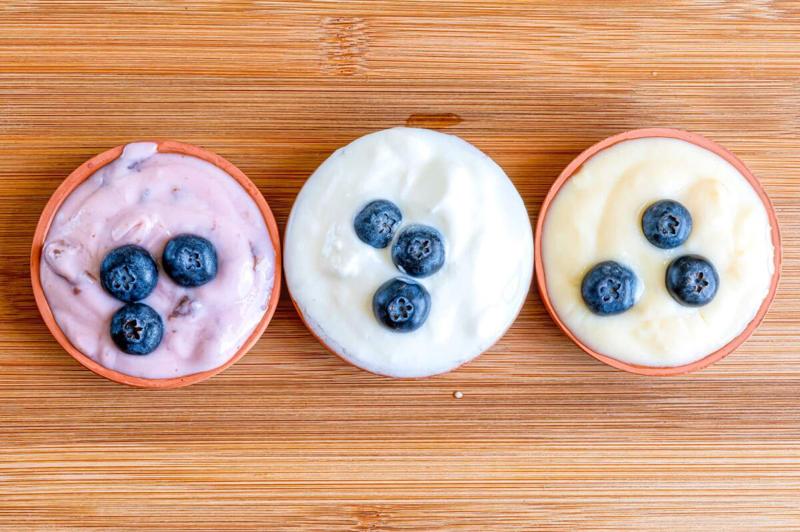
Do: Load up on fruits, vegetables, whole grains, starchy vegetables and legumes.
What Does the Pritikin Diet Cost?
What Costs Are Related to the Pritikin Diet?
If you want to do the Pritikin diet at home, your costs will be reasonably low. In addition to what you spend on food, you may choose to purchase a cookbook, a new pair of sneakers for exercising or a gym membership.
Doing the Pritikin Diet on a Budget
Here are some ways to eat well while saving money:
Buy fruits and vegetables in season.
Rely on frozen vegetables to round out your meals.
Stock up on canned beans and lentils. Be sure to rinse to remove excess sodium.
Purchase whole grains, such as oats and barley, in bulk.
Is the Pritikin Diet Easy to Follow?
With willpower and motivation, you can stick to the program, but you will likely need to make some adjustments to your current lifestyle.
There are plenty of Pritikin recipes available. Between the website and books, you’ll be able to choose from a wide selection of recipes to create appealing meals and snacks.
Eating out is doable but might be difficult. For the most part, you may choose to prepare your foods at home, where you have more control over the sugar, sodium and fat content of the dishes you create.
Your meals don’t have to be complicated. Many of the meals you choose to eat on the Pritikin diet are relatively simple to prepare. Grilling fish, making a colorful salad or quickly whipping up a bean burger or burrito shouldn’t take too much time. Still, if you’re used to eating fast food and highly processed foods like frozen pizza, you will need to adjust to the time commitment of planning, shopping for and preparing your meals.
Physical hunger won’t be a problem on the Pritikin diet. The fruit, vegetables and whole grains should keep you very satisfied.
Who Should Not Try the Pritikin Diet?
Pros
Nutritionally sound.
Diverse foods and flavors.
No counting carbs, points or calories.
Filling – it's rich in high-fiber foods.
A clearly defined plan with recipes.
Has proven health benefits.
Cons
Tedious portioning, meal planning or prep.
Eating out is limited.
Lots of rules to remember.
What Can I Eat? Do's and Don'ts
Foods are categorized into three groups:
"Go" foods.
"Caution" foods.
"Stop" foods.
Foods to Eat
"Go" foods:
Vegetables.
Whole grains, including whole-wheat bread, brown rice, whole-wheat pasta and oatmeal.
Starchy vegetables, such as potatoes, corn and yams.
Legumes, including beans, peas and lentils.
Low-fat calcium-rich foods, such as nonfat dairy milk, nonfat yogurt and fortified soy milk.
Fatty fish – a rich source of omega-3 fatty acids.
Lean sources of protein that are low in saturated fat, such as skinless white poultry, lean red meat, such as bison and venison, and plant-based proteins, such as legumes, tofu and edamame.
Foods to Avoid or Limit
"Caution" foods:
Oils.
Refined sweeteners, like sugar, corn syrup and honey.
Salt.
Refined grains, like white bread and white rice.
Tropical oils, like coconut oil and palm oil.
Fatty meats.
Processed meats, like hot dogs, bacon and bologna.
Partially hydrogenated vegetables oils.
Cholesterol-rich foods, like egg yolks.
A glass of red wine is allowed every once in a while, but you should strictly limit alcohol. Ben-Asher explains that alcohol increases appetite and, usually, the foods people reach for when they’ve been drinking are less healthy and more heavily processed. He adds that alcohol also negatively affects blood sugar, triglycerides and other aspects of cardiovascular health.
Vegan and Following the Pritikin Diet
The Pritikin diet can easily be modified for vegans since dairy substitutes, tofu, beans, lentils and peas are encouraged. You will consume flaxseeds, chia seeds and walnuts rather than fish to meet your essential fatty acid needs. See all vegan diets.
Vegetarian and Following the Pritikin Diet
The diet can easily be modified for vegetarians since dairy substitutes, tofu, beans, lentils and peas are encouraged. You will consume flaxseeds, chia seeds and walnuts rather than fish to meet your essential fatty acid needs. See all vegetarian diets.
Gluten Free and Following the Pritikin Diet
Gluten-free grains, such as quinoa and oats, are also advised, making this a good plan for individuals with celiac disease or gluten sensitivity. See all gluten-free diets.
Halal and Following the Pritikin Diet
The Pritikin diet would easily be adaptable for a halal lifestyle. Since little meat is eaten and alcohol consumption is limited, it would be easy to purchase halal options of permissible foods (lean beef or lamb, poultry, seafood), avoiding pork and alcohol altogether. See all halal diets.
Kosher and Following the Pritikin Diet
Because eating specific food combinations isn’t necessary for the Pritikin diet, keeping meat and milk products separate would be simple enough. Pork and beef from the cow's hindquarters and shellfish could be avoided. See all kosher diets.
